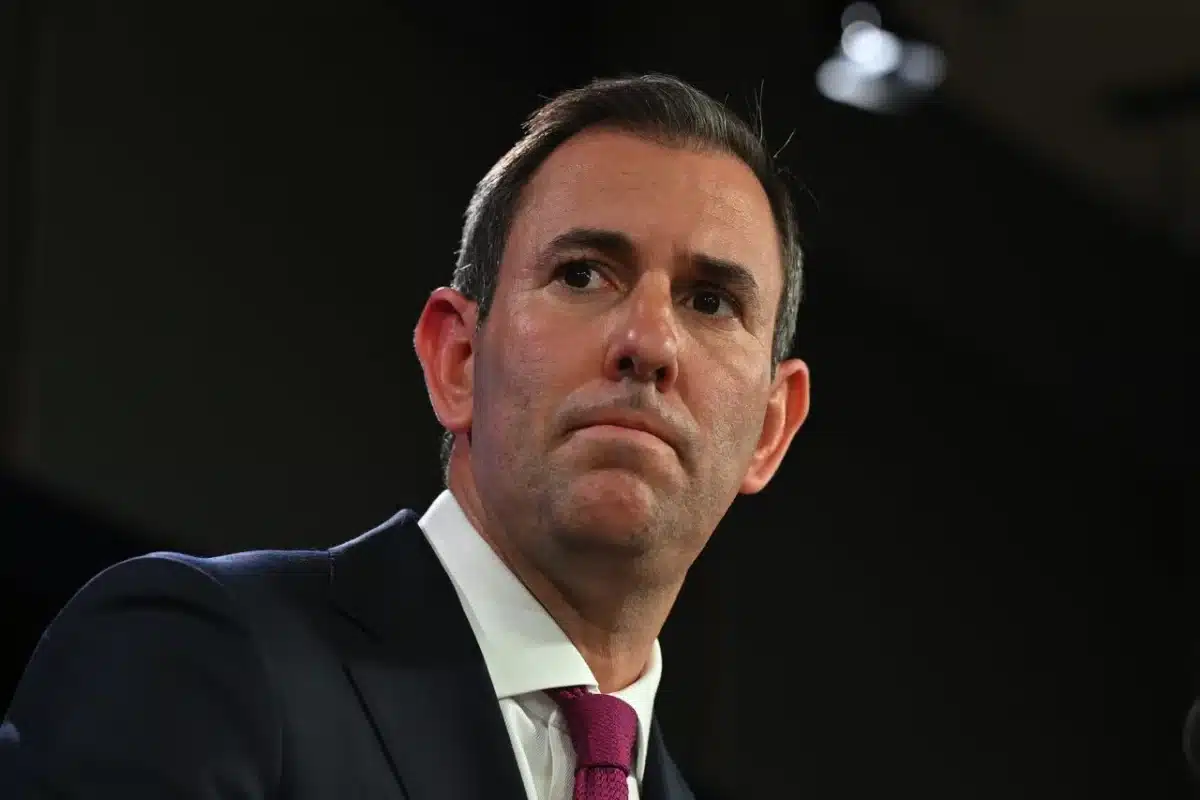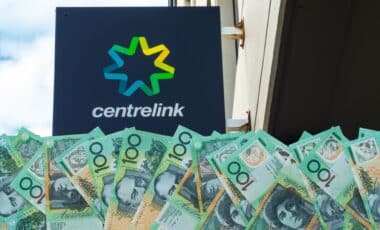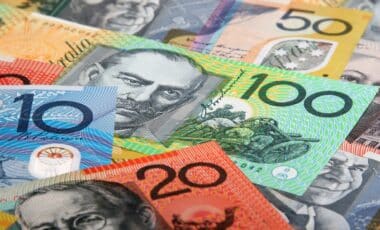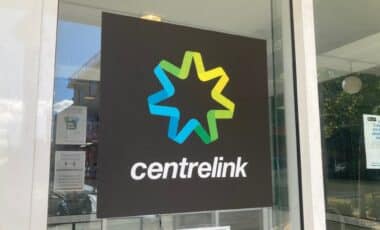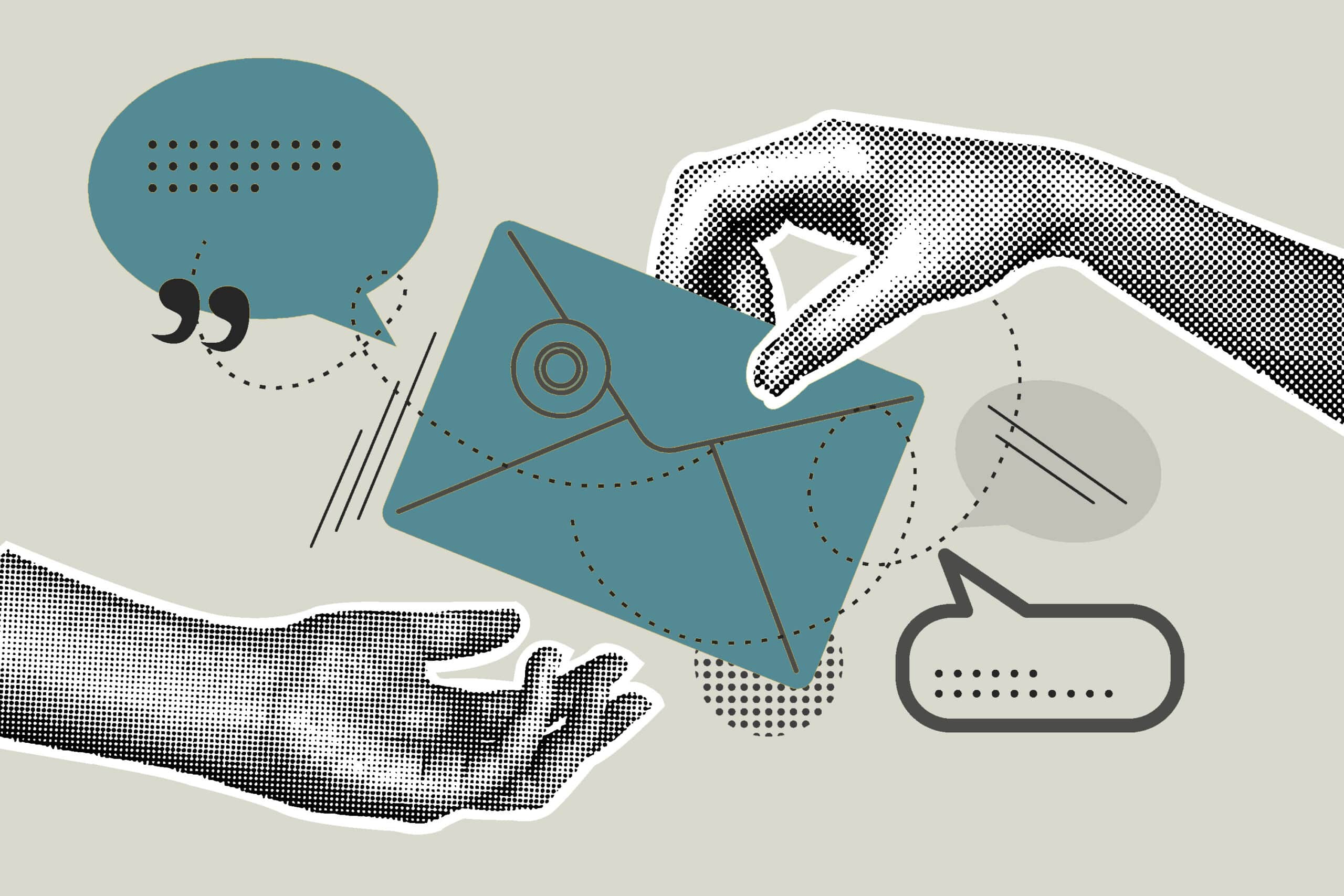Australia’s inflation rate saw a slight increase in January, casting doubt on the possibility of consecutive interest rate cuts by the Reserve Bank of Australia (RBA). The latest data from the Australian Bureau of Statistics (ABS) shows that trimmed mean inflation, the RBA’s preferred measure, edged up to 2.8 per cent from 2.7 per cent in December.
While a single month’s data does not determine monetary policy, the figures suggest inflationary pressures remain. Analysts now predict the next rate cut is unlikely to occur before mid-2025. Economic indicators, including a tight labour market and stable consumer spending, further weaken the case for an imminent reduction.
Inflation Remains Stubborn Despite Rate Cut
January’s Consumer Price Index (CPI) data has tempered expectations of an April rate cut. According to the ABS, the headline inflation rate rose to 2.5 per cent in the 12 months to January 2025. While this aligns with forecasts, it signals that inflation is not slowing as quickly as policymakers had hoped.
The trimmed mean inflation rate, which excludes volatile items, rose slightly to 2.8 per cent. This marginal increase suggests underlying inflationary pressures persist, complicating the RBA’s efforts to bring inflation within its target range.
VanEck head of investment Russel Chesler stated that while markets anticipate an 80 per cent probability of a rate cut in May, economic conditions may not support such a move.
“We don’t see this happening until later in the year,” Chesler noted. “The recent rate cut doesn’t mean we have inflation under control—if anything, we’re going to be walking on eggshells for the rest of the year until we’ve had a solid run of lowered inflation.”
Despite the increase in overall inflation, some price pressures are easing. Rent inflation dropped to 5.8 per cent from 6.2 per cent, and new dwelling prices rose by 2 per cent, the lowest annual increase since June 2021. The ABS attributed this to improved supply chains and businesses offering discounts to attract buyers.
Economic Conditions Complicate Future Cuts
Several factors are making it difficult for the RBA to justify another rate cut in the near term. According to BetaShare chief economist David Bassanese, a rate cut in April is unlikely, though May remains a possibility. He pointed out that inflation remains volatile and could shift again in the coming months.
“We still have a very tight labour market, and there is a chance it could get hotter,” he said. “Job ads increased in December 2024 and January 2025, and with the recent rate cut, employment opportunities could rise further off the back of increased business confidence.”
Households continue to face rising costs in key areas. Food and non-alcoholic beverages rose 3.3 per cent over the year, driven by a sharp 12.3 per cent increase in fruit prices. Electricity costs surged in some regions as state governments wound back temporary rebates.
According to ABS head of prices statistics Michelle Marquardt, Queensland’s one-off electricity rebate of $1,000 from mid-2024 significantly lowered bills, but as the rebate was gradually used up, prices rose again in January.

